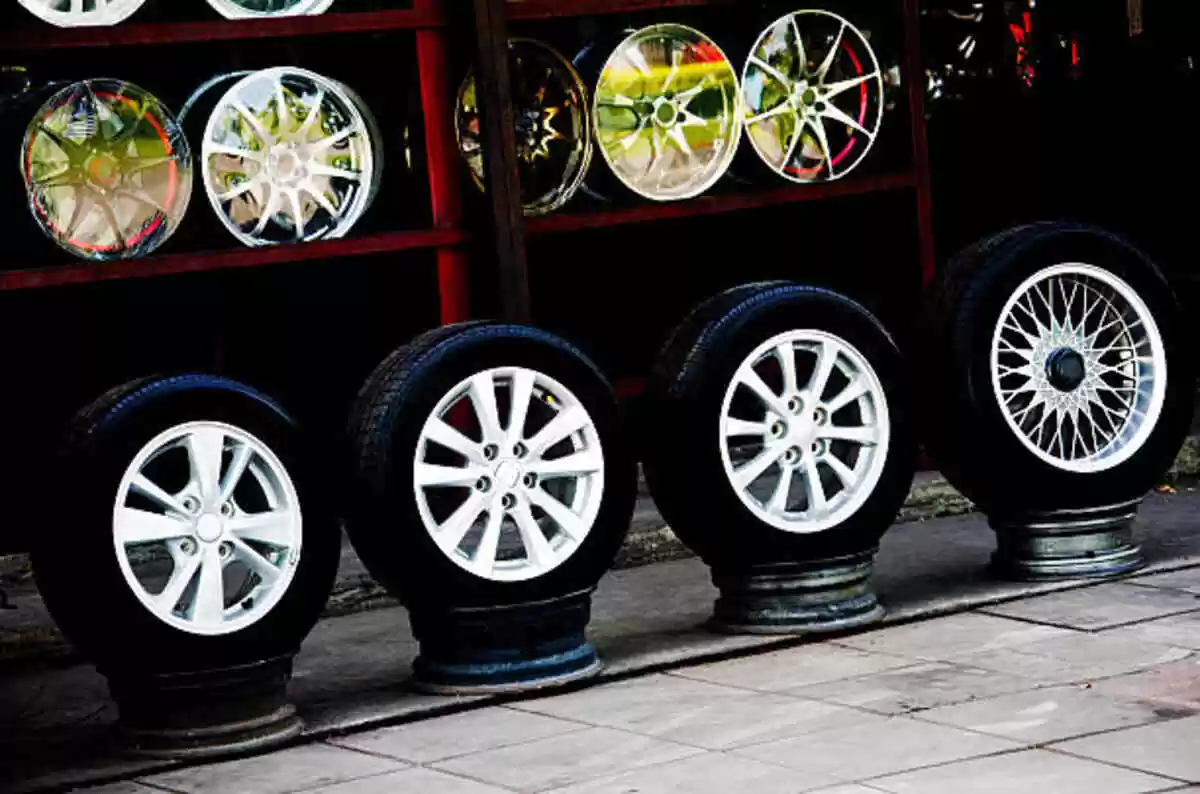Looking at reviews of the Titan from two years ago, I came across this:
“Most of the time, the suspension and the truck’s body feel like they’re not on the same page. Impact harshness reverberates up from the road, through the structure, and into the cabin, but it is accompanied by a strange, soft, and absorbent sensation that runs contrary to a driver’s expectations,” J.D. Power said in August 2020. “In any case, newer truck designs feel stiffer than does the Titan. Even the ancient Toyota Tundra, which is a fairly rough-riding truck, feels more solid and of a single piece than does the rather wiggly Titan.”
The Titan is an inoffensively styled truck outfitted with a comfortable, well-equipped interior, a long list of safety features and a very capable V-8 engine. A vehicle with those attributes in any other segment almost always does well. But the full-size pickup market is different.
And Nissan’s experience should serve as a warning to Toyota, whose full-size Tundra sells in minuscule numbers compared with Detroit pickups.
Toyota needs to pick a key performance metric where the Tundra can claim best-in-class bragging rights — and not by a small margin. What we know from the popularity of Detroit pickups is that buyers want the ability to take their recreational equipment (boats, trailers, campers) with them. So, if I am the chief engineer of the Tundra, the next model is going to have more towing and hauling capability than any competitor.
It will cost billions to build such a truck. But it’s more expensive to construct a factory, design and engineer the truck, distribute and market it and then have to kill it because it couldn’t compete.





